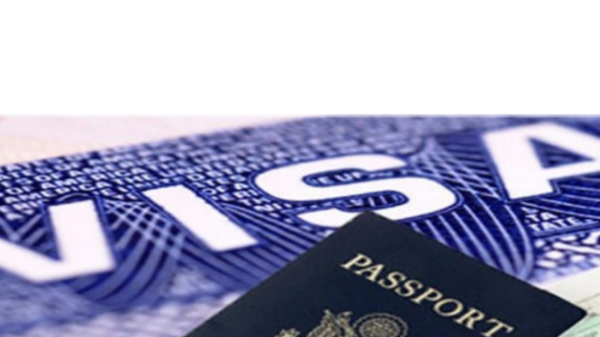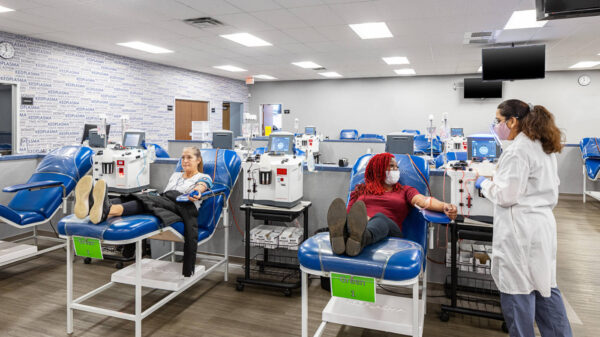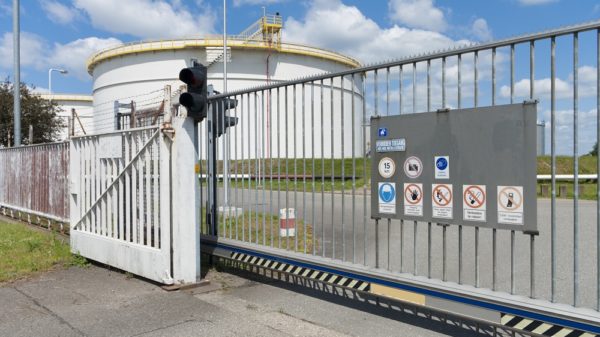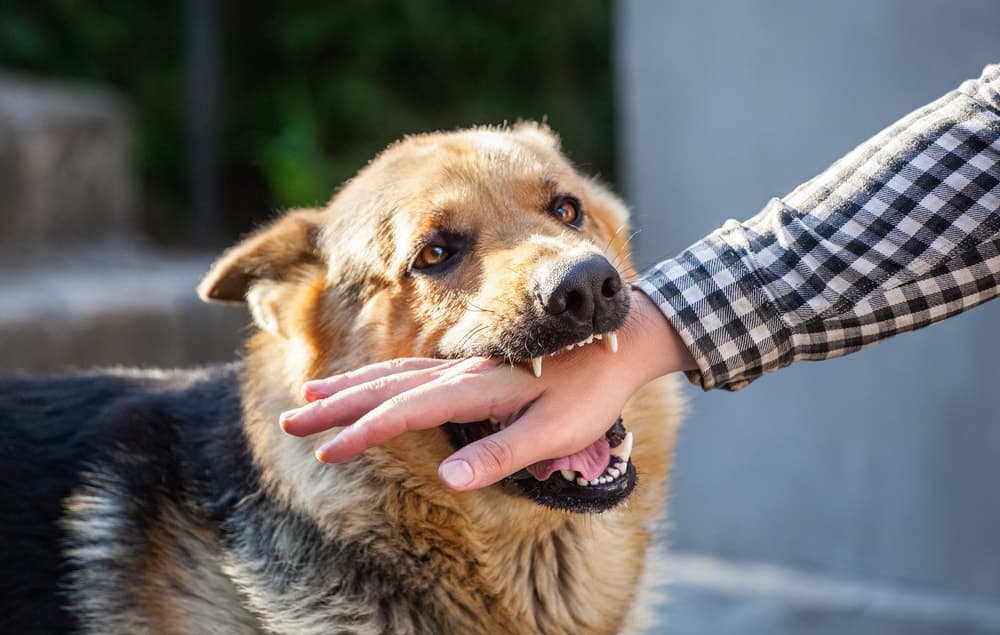Pet Owner and Guardian Liability: Differences and Consequences
The animal owner is the person who decides whether third parties are exposed to the dangers posed by the animal, which cannot be adequately controlled. Essential indicators for the classification as an animal owner are the assumption of the costs in one’s own interest for the animal, sole right to determine the animal, use of the general value, the uses of the animal for oneself, and the risk of loss.
But it also happens that you cannot take care of your dog yourself so that you have to take the help of friends or an animal boarding house.
Who is now responsible for their own dog?
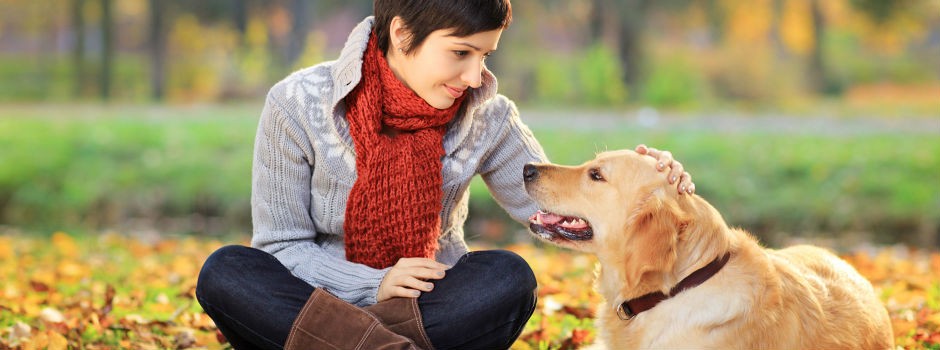
The liability of the animal supervisor is regulated, whereby liability is only possible if the supervision is assumed by contract. This can be done expressly by entering into an (oral) contract or tacitly. If you give your dog to friends or acquaintances, a legal distinction must be made between a free custody contract and a mere courtesy. A courtesy relationship without a legal obligation does not establish any animal guardian liability and is mostly accepted among family members who only have actual supervision of the animal for a short period of time. Hiring the Dog bites attorney in Houston is important there.
Both the animal owner and the animal guardian are liable for damage caused by the animal and in which the specific animal hazard has become a reality. It is undisputed that biting a dog poses a specific animal hazard.
Liability distribution in case of biting attacks among dogs
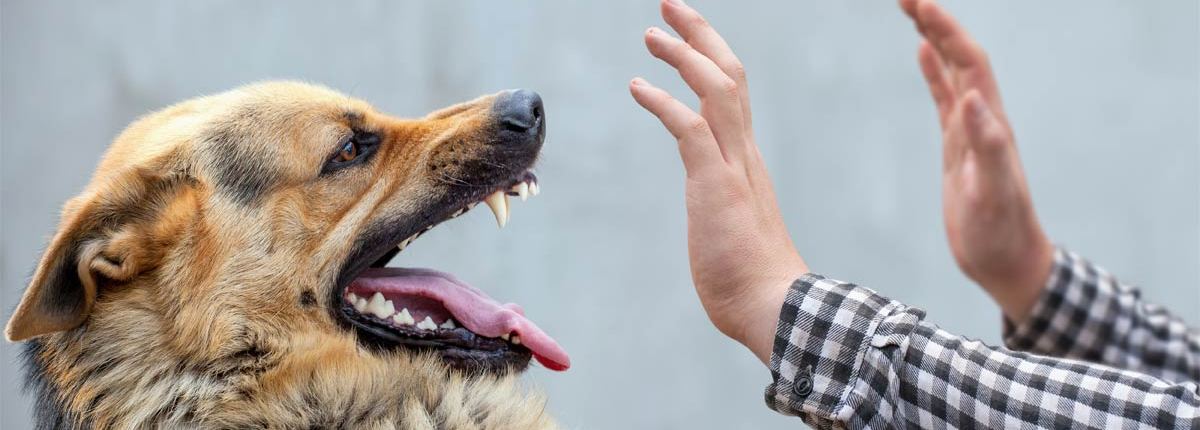
In principle, both animal owners are jointly liable for the consequences of a dogfight with subsequent bite injuries to a person, since the animal hazard posed by both dogs is adequately part of the cause in the bite injury. In principle, it is also irrelevant which dog started the brawl, since the stimuli emanating from one animal and affecting another animal can represent a contributory risk to damage. However, the general liability standard of 50% to 50% does not do justice to the particularities of the individual case, so that certain exceptions must be observed. Sole liability comes into consideration if a dog’s own energy was not involved in the event, i.e. its role was limited to its mere presence. An exception to the half liability distribution also applies if one dog was on a leash and the other was not. In this case, the owner of the dog that is not on a leash bears the cost of veterinary treatment for the other animal alone.
The Size Ratio
The size ratio of the dogs also plays a role in the distribution of liability. The danger posed by a large dog is greater than the danger posed by a small dog. The animal danger posed by a Chihuahua in the event of a Rottweiler attack can recede completely, although the Chihuahua first made the Rottweiler’s attention by barking.
The Right Liability
As part of the standard of liability, it must also be taken into account whether it is a list dog or whether the dog has already attracted attention in the past due to its aggressiveness. In these cases, strict requirements apply to the dog owner’s duty of care. In addition, the regulations applicable to listed dogs must be observed, including the muzzle requirement and the obligation to be on a leash.
In addition to the characteristics and behavior of the dogs, it must be taken into account to what extent the injured person is partly to blame. If you intervene in the scuffle between dogs, you ignore the care that a decent and discreet person is used to observe towards animals in order to protect himself from harm, in particular not to be prepared for the generally known animal dangers and to exercise appropriate caution. In summary, it can be said that many factors must be taken into account when assessing the liability relationship. An assessment of the individual case is therefore essential.
If you have suffered a bite injury, whether your dog was involved or not, please feel free to contact me at any time. Otherwise, it is up to the dog owner to decide whether he wants to take the risk of keeping a dangerous and aggressive animal or whether he can euthanize the dog.
Compensation for pain and suffering after a dog bite

After a dog bite, it is not uncommon for the injured party to report it. In the event of damage, the dog owner is always liable, regardless of whether the bite victim or his dog was partly to blame for the incident. The dog owner then usually has to pay the bitten person compensation for pain and suffering. However, it is taken into account whether the opposing side is complicit in the accident. Also, the severity of the injury also affects the amount. The amount of compensation for pain and suffering is therefore determined individually, depending on the case. Expect amounts between a few 100 euros and several thousand euros.
In order to avoid legal action, dog owners and those bitten can also come to an agreement out of court. It is best to refer directly to an existing dog liability insurance, through which everything else can be handled.








